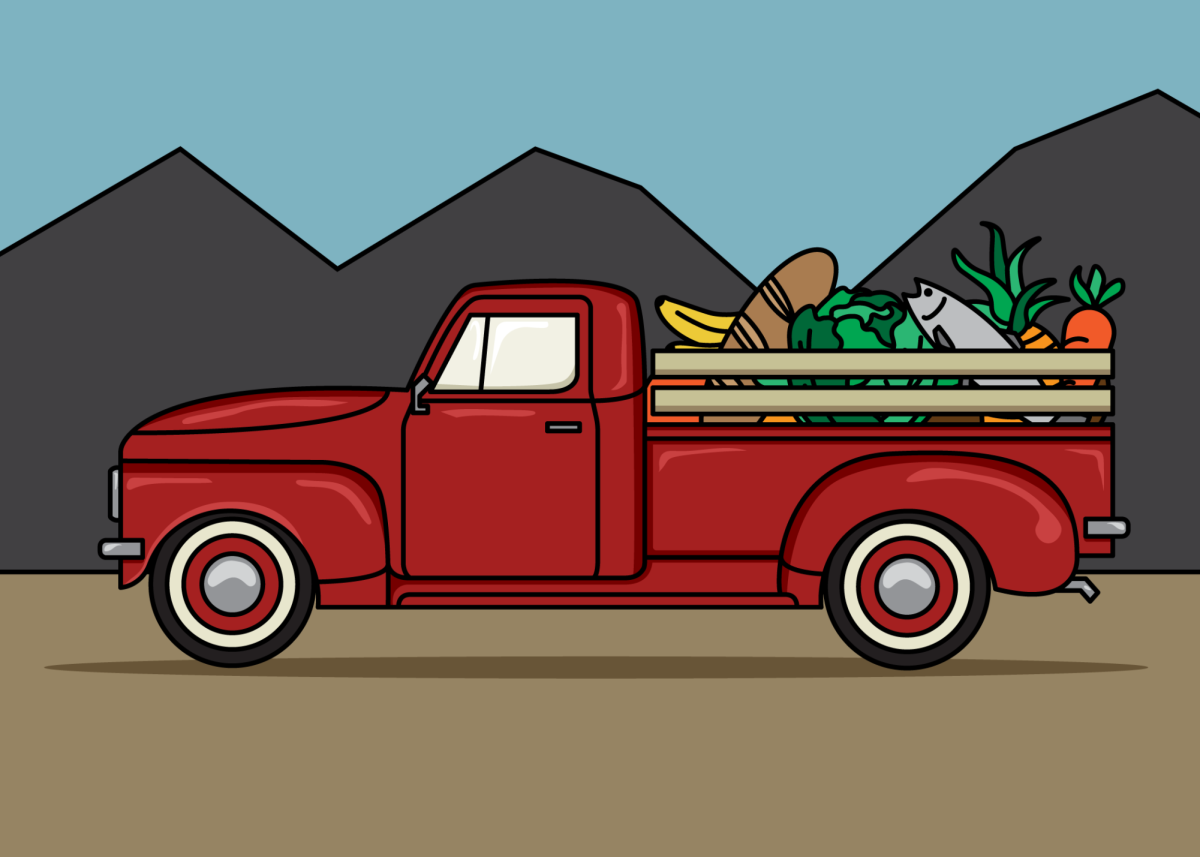Every two years, the World Wildlife Federation performs an empirical analysis of the planet’s animal populations and relates their findings to the public. It’s kind of like a biennial report card on biodiversity. Unfortunately, this year’s Living Planet Report will not be going on the fridge.
The Living Planet Index describes fluctuations in 10,000 different animal populations across the globe since 1970. According to the 2014 Living Planet Report, there has been a disturbing decline of 52 percent among all monitored populations in the last 44 years. This marks the most rapid degeneration of ecological diversity in the history of humankind. Regardless of what ideological lens you peer through as you examine this information, the conclusion you must inevitably reach is that the current trend needs to be reversed.
Animals are a vital part of who we, as human beings, are. Without them, how would we define ourselves? The Biblical narrative describes humans as the gardeners of Earth and the stewards of its inhabitants. Animals are blessed gifts, carefully crafted by the hand of God for the benefit of humanity. The Chelan story of creation flips the script, portraying people as a great gift to the animals. It is a tale of total interdependence. Animals need people to tend the earth, while people need animals to survive in the natural world. The theory of evolution suggests animals and humans hail from the same, opportunistic, single-celled organism, formed in this perfect petri-dish of a planet. Animals, like us, are miraculous reflections of the environments in which they have been developing since the primordial inception of life itself. The common thread among these and many other concepts of creation is that humans and animals spring from the same source and that our existences have been intertwined since the beginning.
Our relationship to the constituency of the natural world is a defining characteristic of humanity. As Earth’s biodiversity disintegrates, so too does a vital element of our identity. This is a fundamental principle of wildlife conservation that has inspired successful species restoration projects across the globe.
The bald eagle, the emblem of American freedom, was on the brink of extinction in the 1960s. DDT was running through rivers and poisoning fish, which were the main food source of bald eagles, therefore decimating the population from a high of around 100,000 to less than 500 in the entire country. In 1972, the U.S. government banned DDT, and a nationwide effort to bolster bald eagle populations went underway. Forty-two years later, there are 10,000 nesting pairs of bald eagles in the United States, and the symbolic creature is no longer endangered.
Also in the 1960s, the population of the most behemoth beast on the planet, the blue whale, had diminished by an estimated 99 percent of its pre-industrial prevalence. Commercial whaling, which peaked around 1930, had almost entirely obliterated the colossal sea dweller. In 1946, the world banded together to protect blue whales from the devastation wrought by commercial whaling under the International Convention for the Regulation of Whaling. While uniformed hunting practices of the past dealt a massive blow to the blue whale population, pragmatic policies have placed the leviathan mammal on the path to recovery. Unfortunately, blue whales still face threats from climate change, pollution and overfishing of krill, its primary food source.
As the Living Planet Report revealed, most of the planet’s animals are severely threatened by human activities. This is, unassailably, a major predicament, but I do not think that it is a lost cause or an indication of human failure by any means. On the contrary, I believe this is an opportunity for us to reassert what it means to be human. The 19th and 20th centuries marked inconceivable leaps in technology. We unleashed our seemingly infinite potential for exploration and innovation upon the world. Now we realize that our actions, as well-intentioned as they may be, have adverse consequences on the web of life of which we are an inseparable part. The 21st century presents us with a new opportunity to illustrate humanity’s even greater potential for intelligence and compassion. We know what it takes to conserve and rebuild the planet’s bountiful abundance of biodiversity. We have done it, and are doing it, for many species, but there are many more who yearn for this same, sane stewardship. I am certain that humanity has what it takes to restore the coffers of wildlife to their former opulence, but the annual Living Planet Report is a harrowing reminder of what we stand to lose if we fail.











